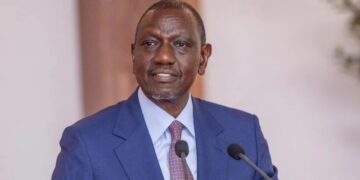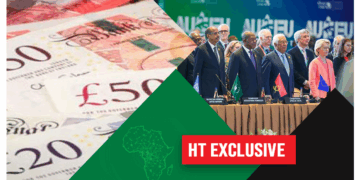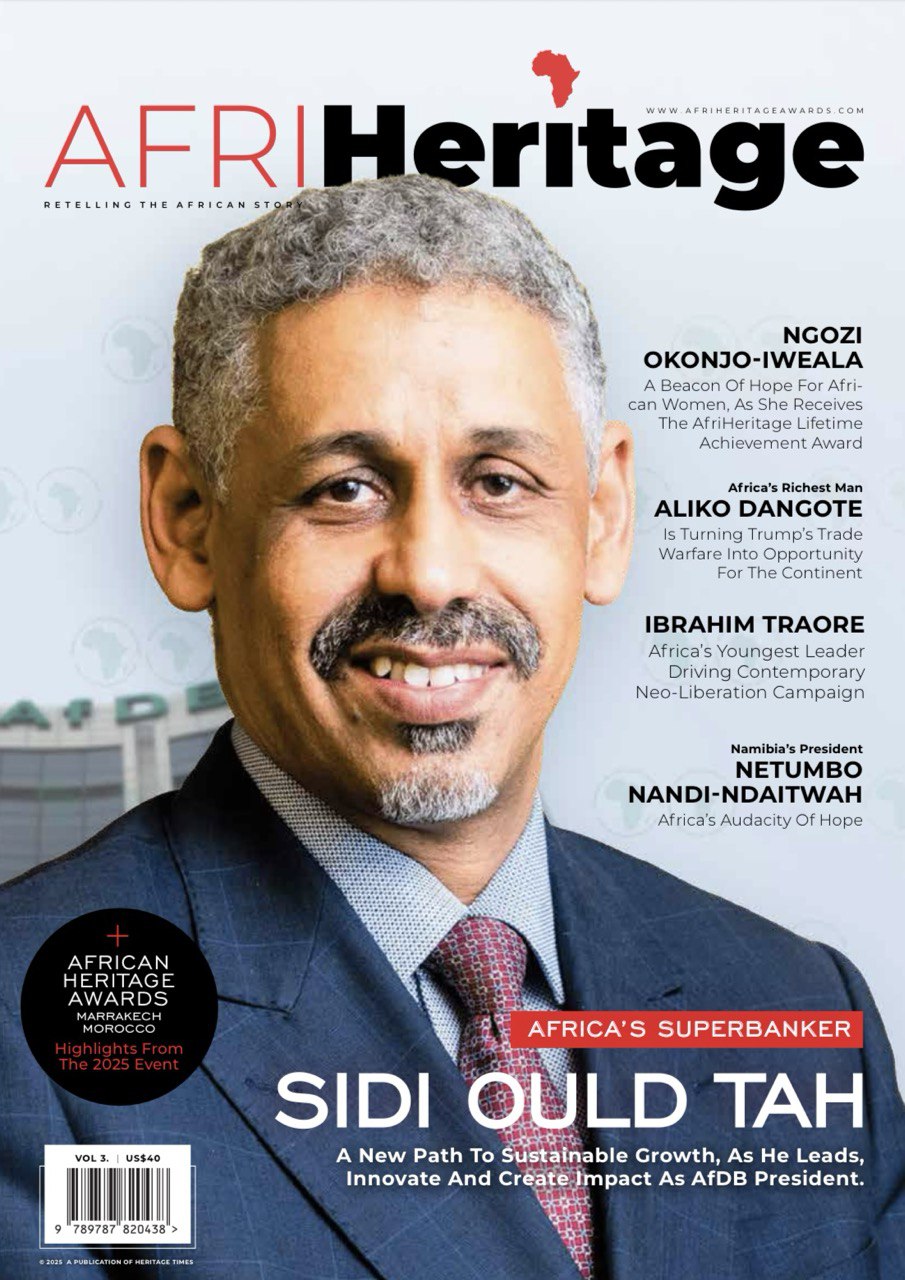A new report from the African Export-Import Bank (Afreximbank) reveals that Nigeria, along with nine other African nations, is responsible for 69 percent of the continent’s total external debt.
The document, titled African Debt Outlook: A Ray of Optimism, places Nigeria among the three most indebted countries, holding 8 percent of Africa’s total foreign debt.
South Africa carries the highest debt burden at 14 percent, while Egypt follows closely behind with 13 percent.
Morocco and Mozambique each account for 6 percent of the total, while Angola’s debt stands at 5 percent. Kenya and Ghana both contribute 4 percent, and Côte d’Ivoire and Senegal each hold 3 percent.
According to the report, these nations rely heavily on external borrowing due to weak financial markets, fluctuating foreign exchange earnings, and the urgent demand for infrastructure funding.
It read, “In the first half of 2024, ten African nations constituted 69 percent of the continent’s total external debt stock, up from 67 percent in 2023. The countries leading this metric are South Africa (14 percent), Egypt (13 percent), Nigeria (8 percent), Morocco (6 percent), Mozambique (6 percent), Angola (5 percent), Kenya (4 percent), Ghana (4 percent), Côte d’Ivoire (3 percent), and Senegal (3 percent).”
Nigeria’s debt position
Nigeria’s share of Africa’s foreign debt underscores its dependence on international lenders to cover budget shortfalls and fund essential projects. To fill revenue gaps, the country frequently turns to Eurobonds, concessional loans from global financial institutions, and other external funding sources. Afreximbank estimates that Africa’s total external debt stood at $1.16 trillion in 2023, with expectations that it will rise to $1.29 trillion by 2028.
In December 2024, Nigeria issued a $2.2 billion Eurobond to manage its debt commitments, reflecting its active participation in global capital markets.
The report also highlights a shift in Africa’s borrowing landscape, with private creditors playing a growing role as institutions like the World Bank and IMF reduce lending.
Many African governments, including Nigeria’s, are increasingly turning to Eurobonds for financial support. While these instruments provide quick access to capital, they often come with higher interest rates and shorter repayment periods compared to concessional loans.
Afreximbank categorizes Nigeria’s debt risk as “moderate,” similar to South Africa and Morocco. However, it warns that tighter global financial conditions are making borrowing more expensive. The average cost of debt across Africa has climbed to 8.2 percent in 2024, a sharp increase from the stable 5.4–6.3 percent range observed between 2008 and 2019.
Rising interest payments are also putting additional pressure on government revenues, further complicating fiscal management.
According to the report, interest payments in Africa accounted for 27.5 percent of government revenue in 2024, a significant jump from the 6.8–19 percent range recorded in earlier years. The growing debt burden is straining national budgets and limiting financial flexibility.
Debt trends and future outlook
Despite the mounting debt, Afreximbank remains optimistic, predicting that Africa’s debt-to-GDP ratio will gradually decline from 69.9 percent in 2024 to 61.7 percent by 2028.
For Nigeria, better fiscal policies, economic diversification, and increased access to financial markets are expected to help stabilize debt levels.
The report suggests that stable interest rates, improving credit ratings, and a favorable economic environment could ease debt-related concerns across Africa.
It also highlights how nations like Ethiopia, Sudan, and Zambia have benefited from debt restructuring under the G20 Common Framework and the Paris Club, presenting an option Nigeria could consider if needed.
Global monetary policy changes are another factor shaping Africa’s debt situation. As major central banks, including the U.S. Federal Reserve, begin reducing interest rates, borrowing costs for African nations such as Nigeria are expected to decline.
While the report offers a hopeful medium-term outlook, it also warns of risks that could threaten debt sustainability. A major challenge for Nigeria remains weak domestic revenue generation, as its economy relies heavily on oil, making it vulnerable to global price swings.
Large fiscal deficits continue to force the government to borrow, increasing its exposure to changes in international interest rates. The depreciation of the naira is another concern, as a weaker currency raises the cost of repaying external debt.
Afreximbank recommends that African countries strengthen debt management strategies by improving tax collection, exploring debt relief initiatives, and diversifying their economies through investments in industries such as manufacturing, agriculture, and renewable energy.
The report further calls for reforms in the global financial system to secure fairer lending conditions and better access to concessional financing for African economies.



































